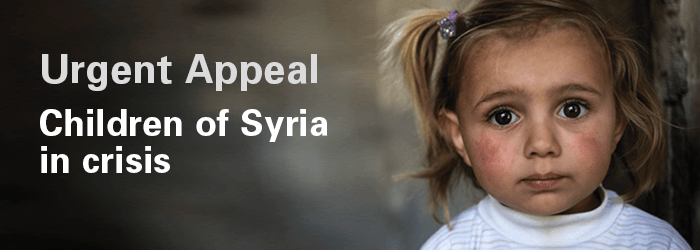On the summer solstice in a St. Petersburg Hall in 2017, another lecture of the “White India” project was held, titled “Restoration of Character”. Guests were delighted to hear the leader of the “New Scythians”, Pavel Zarifullin, the St. Petersburg writer Herman Sadulayev, and the philosopher Alexander Sekatsky. The meeting was devoted to a topic as simple as it in confusing: the animal symbol of Russia.
Lecturers conceived the idea of changing the “Russian bear” to another symbolic animal and thus returning Russia to its original Eurasian path. In the roster for the animal-patron were some amazing options.
Symbol Wars
The bear became a symbol of Russia relatively recently, having previously been not an emblem of Russia, but rather a taboo. It’s not for nothing that Russian language has lost the true name of the bear and retained only a euphemism meaning “in charge of honey.” In fairy tales, the bear rarely acts as an assistant to the protagonist, but often hurts him. The bear destroys the house in which animals settle, he is stupid, he is deceived with the sharing of “tops and roots”, he is lazy, sluggish, sleeping most of the year, slovenly, and spiteful. His appointment as the symbol of Russia could only occur as a result of a defeat in the Great Symbol War.
However, despite this, the true symbols are breaking through from the sleeping collective unconscious. For example, the wolf Zabivak was immediately liked by people when football championship’s advertising campaign began.
One of the true symbols of Russia, according to Paul Zarifullin, could be a Scythian deer, which was recently present in the sky in the form of a distinct constellation. But after a congress of astronomers 100 years ago it was expelled and replaced by two bears: Big and Small.
As a result of the symbolic slaughter and change of the star chart, the earthly affairs also changed. The projection of the bears filled Russia, and the country plunged into a continuous symbolic dissonance, losing direction and historical creativity. The “New Scythians” movement prepared an ultimatum demanding the return of the Scythian golden deer to the sky. This Scythian deer is the patron of all Scythian peoples, from the Saxons to the Mongolian nomadic tribes.
Political projects
The German Sadulayev spoke about the need for the symbolic unity of the people, and why it must necessarily be zoomorphic.
The birth of descendants is a lottery. If we get “red” seven times in a row, a boy is born, and we can confidently say that the genus comes from some ancestor. In practice, girls are often born, and other factors interfere — war, confusion with other births, and other events that interrupt the family tree. In addition, the best do not survive. The best die, saving the rest. Therefore, in all seriousness, it can be said that a person maintains a symbolic rather than genetic relationship with the ancestor. And in order to avoid conflicts, it is better if this ancestor is not a specific person, and is instead relegated the symbolic realm.
For Russia, in Sadulayev’s opinion, the wolf would be best suited for Russia. First, the wolf has a special position in Slavic culture. For example, in the fairy tale Ivan Tsarevich and the Gray Wolf he really exists like a symbol — he appears at the right moment, shares his patronage and strength, and helps the hero in difficult moments.
The bear is alien to a Russian person, just as the wolf is alien to the west. The wolf hunts the Little Red Riding Hood and performs quite villainous acts.
Sadulayev sees the most important effect being in the political realm. The image of the wolf is related to the Slavic and Turkic world. This is a single patriotic animal that allows us to symbolically reconcile the peoples of Russia and integrate them into a single field of discourse.
Symbol market
Alexander Sekatsky believes the bear should not be dismissed so easily. Despite the fact that the bear is a rather uneconomic symbol, the very fact that it was he who emerged victorious from the symbol wars, having defeated the wolf, deer, and even a double-headed eagle, says a lot.
In his opinion, behind the processes of ethnogenesis, as well as other codes of civilizations, there is a very powerful structure of the universe. Some codes do not live long, while others, like Rome or the Scythians, are repeated for millennia and go through many versions — the first, second, third, maybe even the fourth Rome. This structure, the cosmological constant, spreads in an inflationary way among the human population, manifesting itself in various fields of knowledge. When an ethnos finds for itself such a cosmological constant, this provides it with explosive growth and development. This is a further development of Gumilev’s ideas of ethnogenesis.
A bear, no matter how uncomfortable it may feel to us, can be a part of this process. It fully meets all the requirements of a good symbol — it is a wild animal that gives strength and invulnerability to the one who associates with it. And perhaps its properties and benefitts for the Russian people just have not been fully revealed yet.
Translated from gumilev-center.ru (http://www.gumilev-center.ru/totemy-dlya-novykh-plemjon-belojj-indii/)


Reply